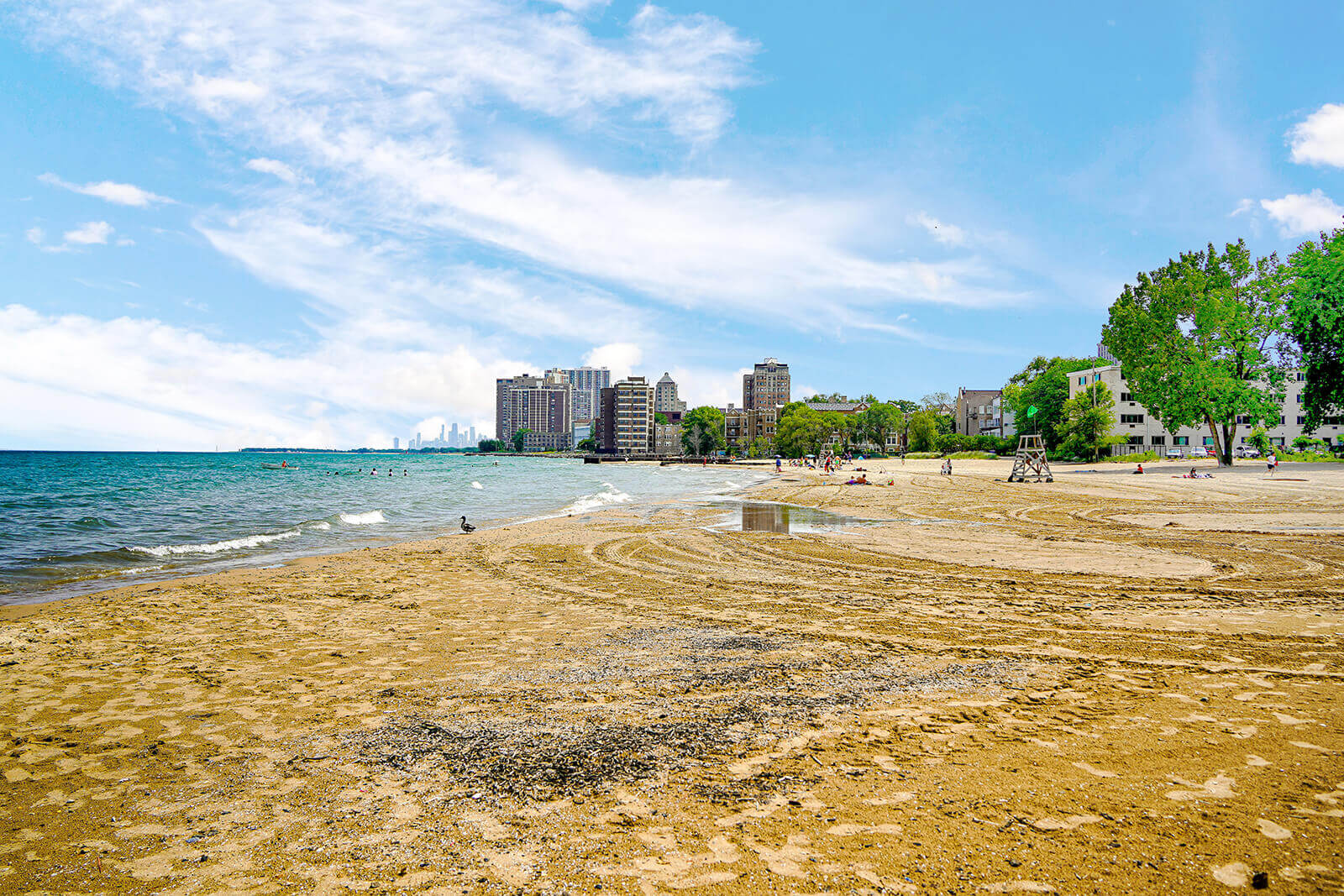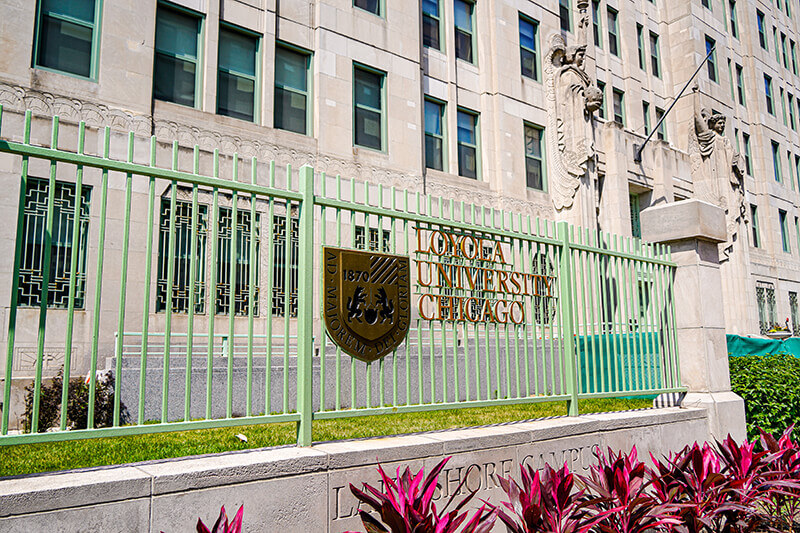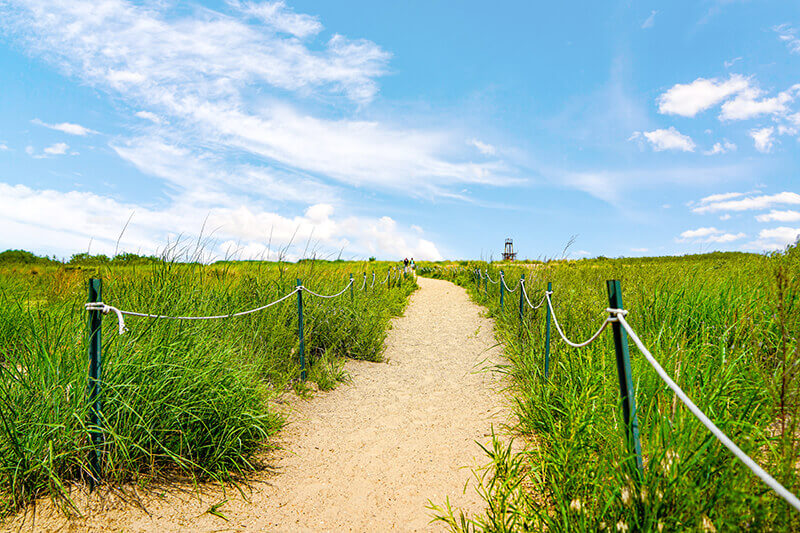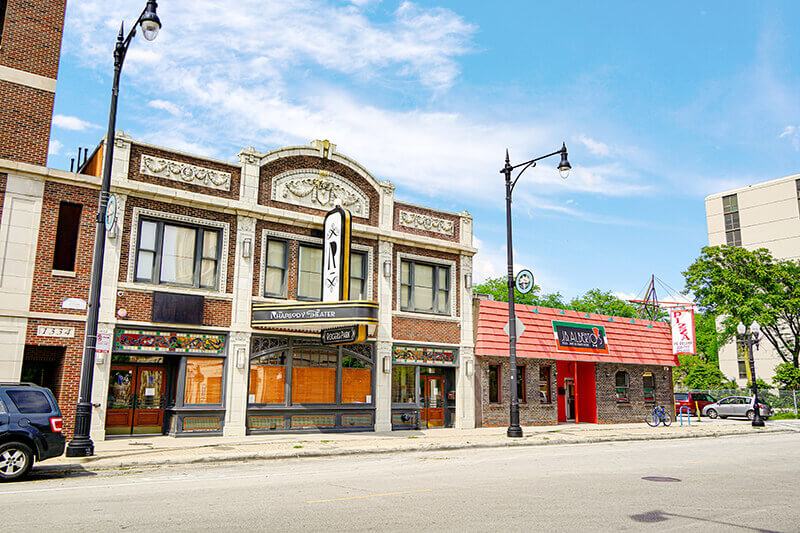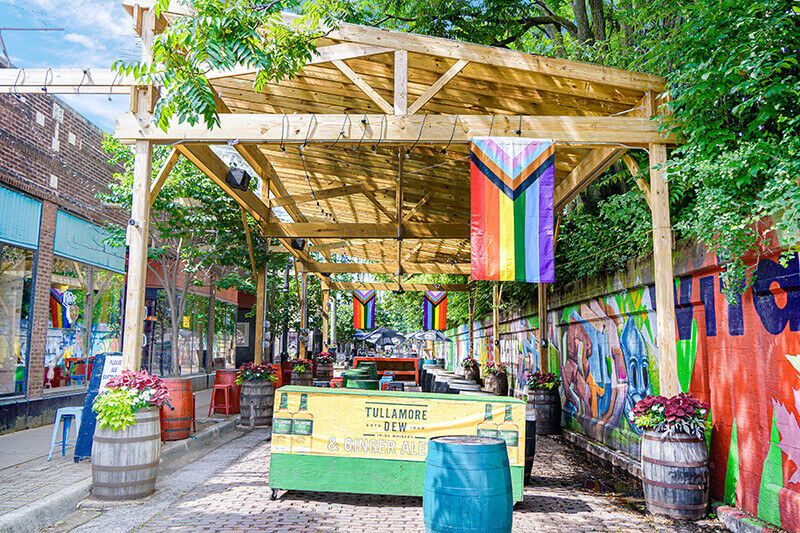Rogers Park
Rogers Park is a neighborhood located on the far North Side of Chicago, Illinois. It is a vibrant neighborhood known for its diversity, historic architecture, and lakefront parks. Chicago’s Rogers Park is bounded by the city of Evanston along Juneway Terrace and Howard Street to the north, Ridge Boulevard to the west, Devon Avenue and the Edgewater neighborhood to the south, and Lake Michigan to the east.
Rogers Park, Chicago has a diverse mix of housing options, including historic single-family homes, multi-unit buildings, and high-rise condominiums. One of the most notable features of Rogers Park’s real estate market is its affordability compared to other neighborhoods in Chicago. The area has a range of housing options at a variety of price points, making it an attractive destination for young professionals, families, and students. In recent years, there has been significant development in Rogers Park, particularly along the lakefront. Many of these new developments are high-rise condominiums with stunning lake and city views. Despite the growth and development in the area, Rogers Park has maintained much of its historic charm, particularly in the Jarvis Square area. The neighborhood’s tree-lined streets and historic homes provide a sense of history and character that is increasingly rare in other parts of the city.
The neighborhood of Rogers Park was originally settled by Native Americans and was later part of the large tract of land that was owned by Jean Baptiste Point du Sable, the first permanent non-Indigenous settler in the area. In the mid-19th century, Rogers Park began to experience significant growth as Chicago’s population expanded. During the late 1800s and early 1900s, Rogers Park continued to grow as a residential neighborhood, with a mix of single-family homes, apartment buildings, and commercial development. The area’s population became increasingly diverse, with a mix of immigrants and working-class families.
In the 1920s and 1930s, Rogers Park experienced significant growth as the city implemented plans to improve public transportation and infrastructure in the area. The construction of the Chicago “L” and the development of new shopping centers and commercial districts helped to bring new businesses and residents to the area. During the mid to late 20th century, Rogers Park faced challenges related to declining population and economic disinvestment. In recent years, however, the neighborhood has seen a resurgence of growth and development, with new businesses, restaurants, and cultural institutions opening up in the area.
Rogers Park Chamber of Commerce
The CTA Red Line runs along the western edge of Rogers Park with stops at the Loyola, Morse, Jarvis and Howard stations. And the CTA Purple line runs through the eastern edge of Rogers Park with stops at South Boulevard, Main and Dempster stations.
Gale Elementary Community Academy
Northeastern Illinois University
